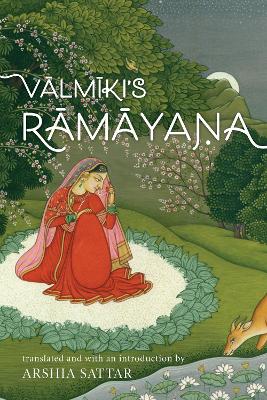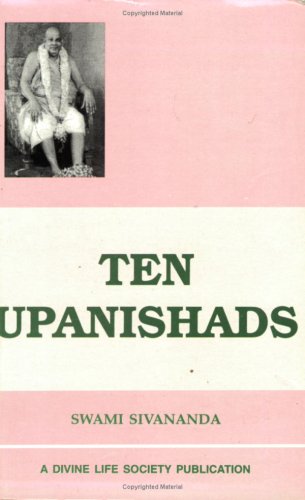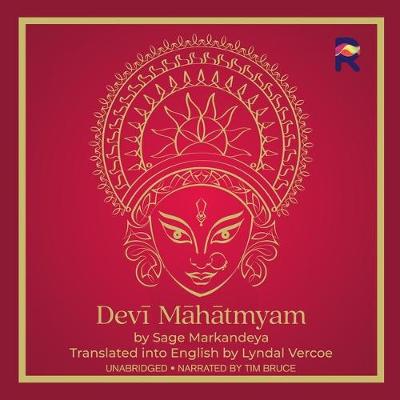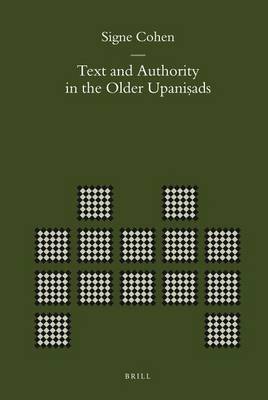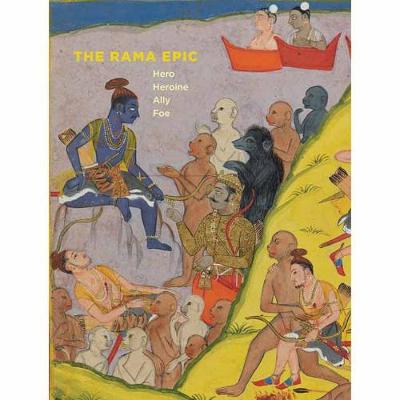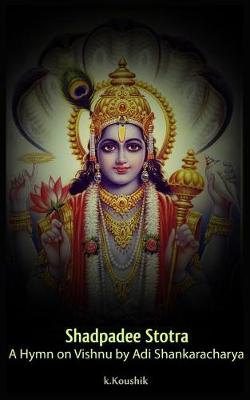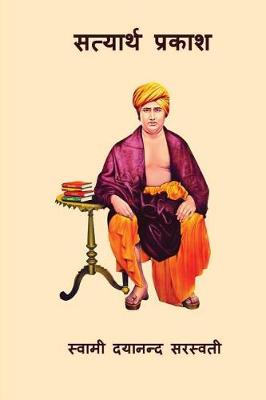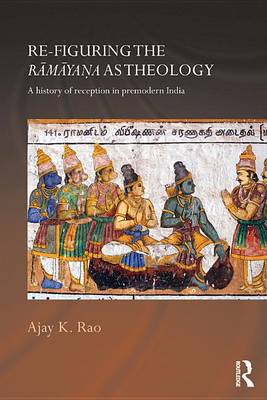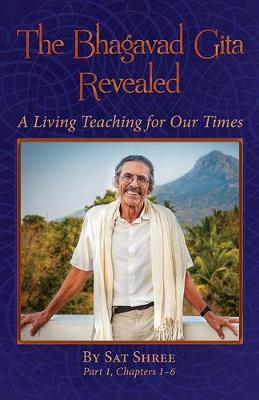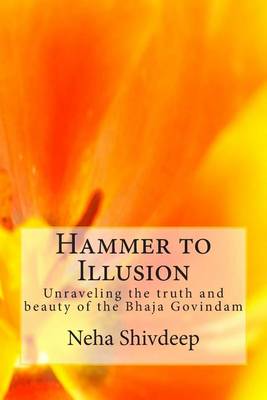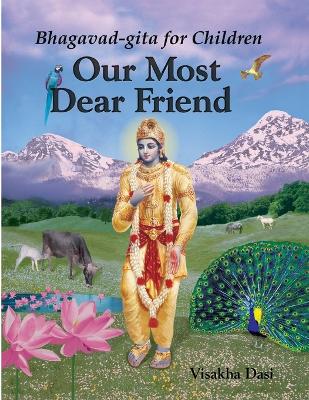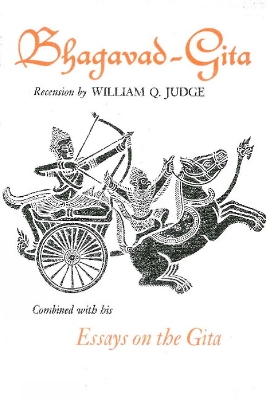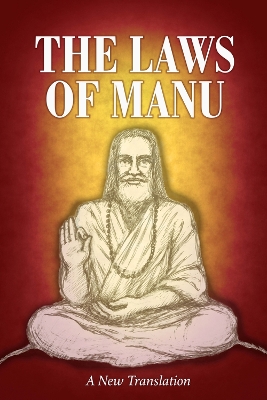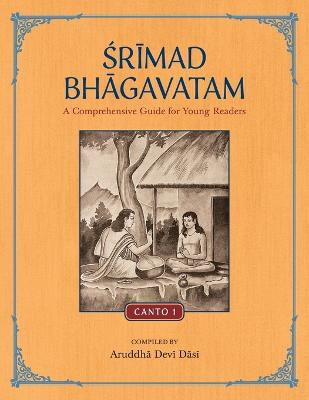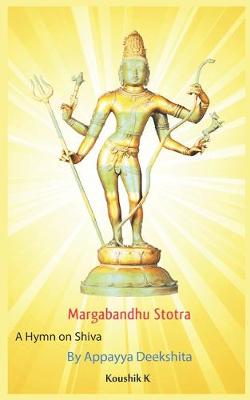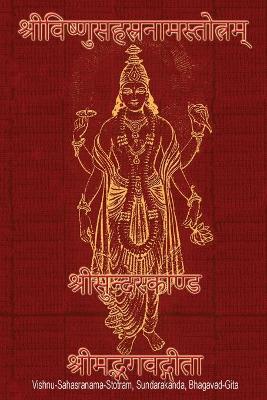Valmiki's Ramayana
One of India's greatest epics, the Ramayana pervades the country's moral and cultural consciousness. For generations it has served as a bedtime story for Indian children, while at the same time engaging the interest of philosophers and theologians. Believed to have been composed by Valmiki sometime between the eighth and sixth centuries BC, the Ramayana tells the tragic and magical story of Rama, the prince of Ayodhya, an incarnation of Lord Visnu, born to rid the earth of the terrible demon Rav...
Text and Authority in the Older Upaniṣads (Brill's Indological Library)
by Signe Cohen
This collection by the Asian Art Museum is a selection of works depicting the ancient Rama Epic. The Rama Epic-recounting the struggle of Prince Rama to defeat a demonic king, rescue his abducted wife, and reestablish order in the world-has been a subject for visual and performing arts, literature, and religious thought in the Indian subcontinent and Southeast Asia for many centuries. A huge number of artworks relating to the Rama legends have been made over the course of 1500 years in a doze...
Re-figuring the Ramayana as Theology (Routledge Hindu Studies)
by Ajay K. Rao
The Ramayana of Valmiki is considered by many contemporary Hindus to be a foundational religious text. But this understanding is in part the result of a transformation of the epic's receptive history, a hermeneutic project which challenged one characterization of the genre of the text, as a work of literary culture, and replaced it with another, as a work of remembered tradition. This book examines Ramayana commentaries, poetic retellings, and praise-poems produced by intellectuals within the...
The Mahabharata is one of the two major Sanskrit epics of ancient India. It is of immense importance to the culture of the Indian subcontinent, and is a major text of Hinduism. Its discussion of human goals (artha or 'purpose', kama or 'pleasure', dharma or 'duty', and moksha or 'liberation') takes place in a long-standing tradition, attempting to explain the relationship of the individual to society and the world (the nature of the 'Self') and the workings of karma.
Bhagavad-gita, the song of God, was sung some five thousand years ago. It is the world's oldest scripture, read and revered by 850 million people worldwide. Here is the essence of this divine classic, presented to inform, enliven, and broaden the vision of children everywhere.
This new translation offers a contemporary rendering of this ancient work which addresses fundamental questions of law and duty for all members of society. One cannot but be impressed by the breadth of scope conjoined with sometimes minute and informative detail. The Laws embody the genius of their originators whose minds could contemplate the full extent of human society and accommodate a code of conduct which would ensure its lawful and harmonious regulation. The modern mind will certainly tak...
A Vaisnava Poet in Early Modern Bengal
by Librarian Rembert Lutjeharms
